Species Photo Gallery for Sanctanus cruciatus No Common Name 18 |
 | Photo by: Simpson Eason
Durham Co.
Comment: | 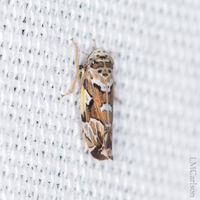 | Photo by: Lior Carlson
Orange Co.
Comment: |
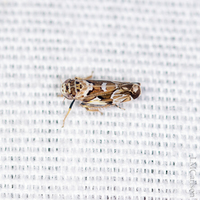 | Photo by: Lior Carlson
Orange Co.
Comment: | 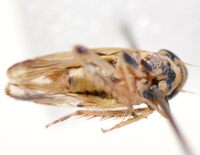 | Photo by: J. B. Sullivan
Carteret Co.
Comment: regenerated farmland; male |
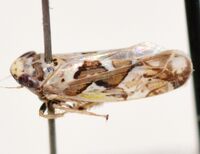 | Photo by: J. B. Sullivan
Carteret Co.
Comment: regenerated farmland; male | 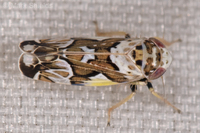 | Photo by: Mark Shields
Onslow Co.
Comment: |
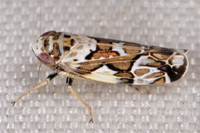 | Photo by: Mark Shields
Onslow Co.
Comment: | 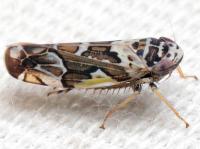 | Photo by: Ken Childs
Out Of State Co.
Comment: |
 | Photo by: Ken Childs
Out Of State Co.
Comment: | 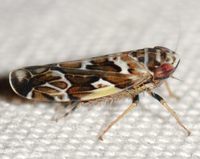 | Photo by: Kyle Kittelberger, Paul Scharf
Beaufort Co.
Comment: open, grassy habitat surrounded by pine and mixed hardwood forest |
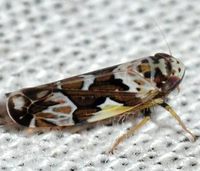 | Photo by: Kyle Kittelberger, Brian Bockhahn
Washington Co.
Comment: open forest habitat, at visitor center | 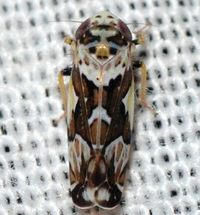 | Photo by: Kyle Kittelberger, Brian Bockhahn
Washington Co.
Comment: open forest habitat, at visitor center |
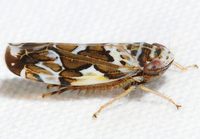 | Photo by: Ken Childs
Out Of State Co.
Comment: | 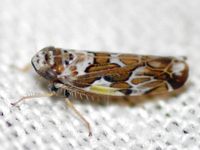 | Photo by: Kyle Kittelberger, Brian Bockhahn, Paul Scharf
Halifax Co.
Comment: grassy area and mixed hardwood forest edge |
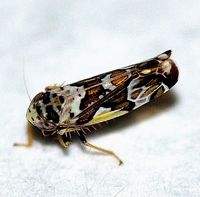 | Photo by: Paul Scharf
Warren Co.
Comment: Attracted to Black Light | 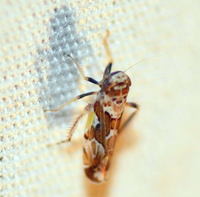 | Photo by: Kyle Kittelberger, Brian Bockhahn, Paul Scharf
Halifax Co.
Comment: grassy area and mixed hardwood forest edge |
 | Photo by: Paul Scharf
Warren Co.
Comment: Attracted to Black Light | 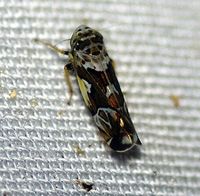 | Photo by: Paul Scharf
Warren Co.
Comment: Attracted to Black Light |
|

 »
»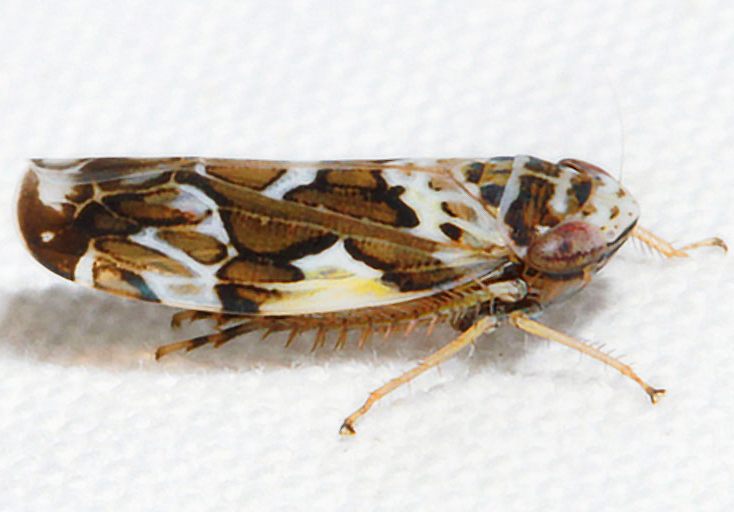

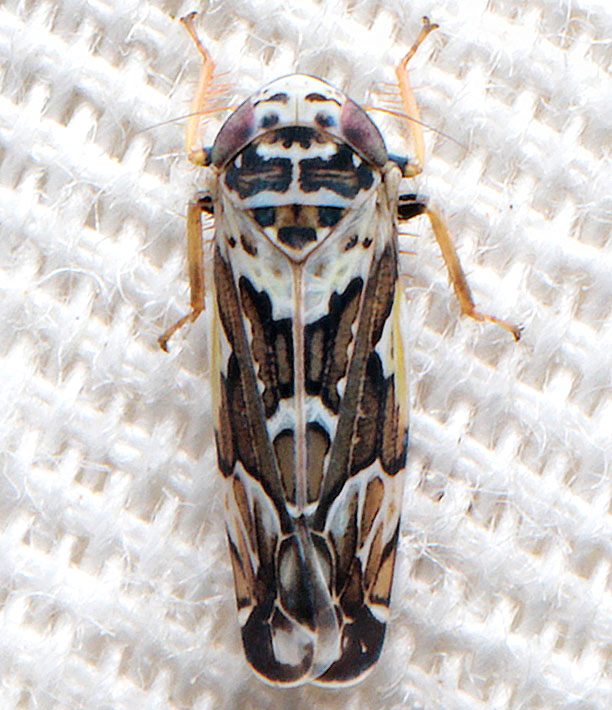
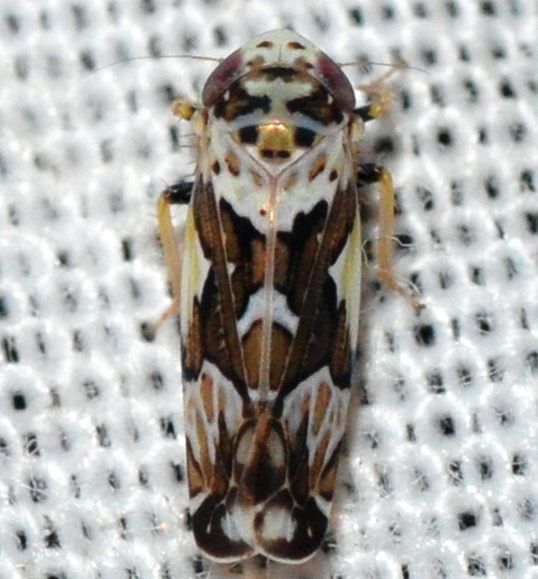

 »
»


